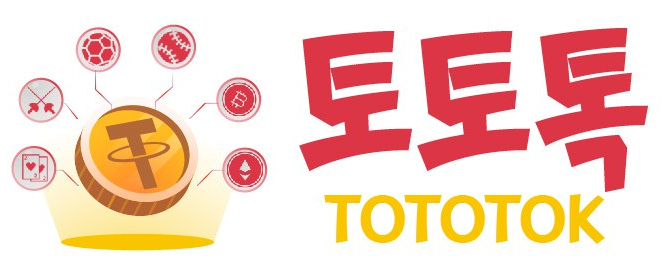Unsecured vs. Secured Loans: Understanding the Differences
작성자 정보
-
 Luke Velez 작성
Luke Velez 작성
- 작성일
본문
Unsecured Loans:
Definition: Unsecured loans aren't backed by collateral, which means they aren't tied to any particular asset that the lender can seize if the borrower defaults on the loan.
Key Features:
- No Collateral Required: Unsecured loans are permitted based mostly on the borrower's creditworthiness and income stability, with out the need for collateral.
- Higher Interest Rates: Since there is not a collateral to secure the loan, lenders assume extra threat, resulting in higher interest rates compared to secured loans.
- Credit-Based Approval: Lenders assess the borrower's credit score, revenue, and monetary historical past to find out eligibility and mortgage terms.
- Flexible Use of Funds: Borrowers can use unsecured loans for various functions, including debt consolidation, home improvements, or personal expenses.
Examples of Unsecured Loans:
- Personal loans
- Credit cards (revolving credit)
- Student loans (in some cases)
Secured Loans:
Definition: Secured loans are backed by collateral, which serves as safety for the lender. If the borrower defaults on the loan, the lender can seize the collateral to recover the excellent debt.
Key Features:
- Collateral Requirement: Secured loans require collateral, similar to a house, automobile, or savings account, to secure the loan amount.
- Lower Interest Rates: Since the loan is secured, lenders are at decrease threat, leading to decrease rates of interest compared to unsecured loans.
- Higher Loan Amounts: Secured loans could offer larger loan amounts than unsecured loans, relying on the worth of the collateral.
- Credit History Impact: While credit score historical past is still thought of, secured loans may be extra accessible to debtors with less-than-perfect credit score scores as Get A Loan end result of presence of collateral.
Examples of Secured Loans:
- Mortgage loans (secured by actual estate)
- Auto loans (secured by the vehicle)
- Home fairness loans or strains of credit score
Which Loan Type Is Right for You?
Consider Unsecured Loans If:
- You have an excellent credit rating and stable earnings.
- You want a smaller loan amount for short-term wants.
- You choose to not risk shedding assets as collateral.
Consider Secured Loans If:
- You need a bigger mortgage quantity for a serious purchase or funding.
- You have collateral available to safe the loan.
- You need How to Get a Loan in Canada: A Step-by-Step Guide benefit from lower rates of interest and more favorable loan phrases.
Key Considerations for Borrowers:
1. Risk vs. Reward: Unsecured loans provide flexibility however include larger risk and interest rates. Secured loans provide decrease charges but require collateral.
2. Credit Impact: Both mortgage types can impression your credit score rating, so it is essential to make well timed payments to take care of good credit.
three. Loan Purpose: Consider the aim of the loan and choose the kind that aligns together with your financial targets and borrowing needs.
Conclusion
Choosing between unsecured and secured loans is dependent upon your monetary scenario, creditworthiness, and borrowing necessities. Evaluate the pros and cons of every mortgage sort, assess your ability How to Get a Loan in Canada: A Step-by-Step Guide repay, and select the loan that most intently fits your circumstances and financial goals.
관련자료
-
이전
-
다음
댓글 0
등록된 댓글이 없습니다.




